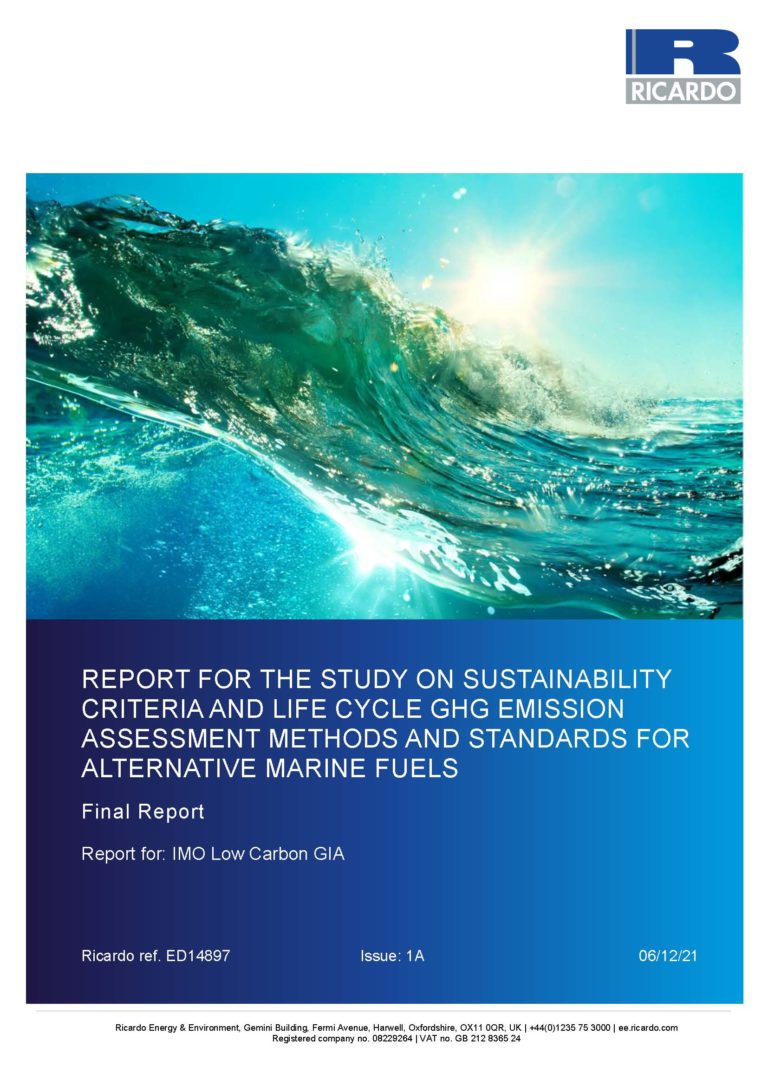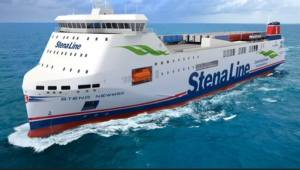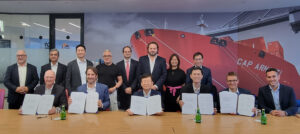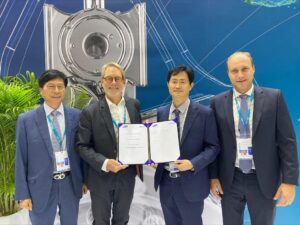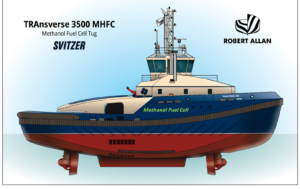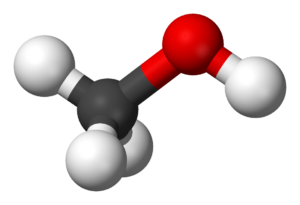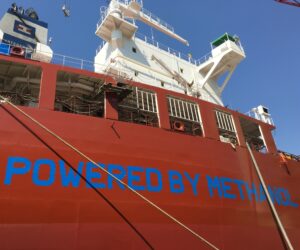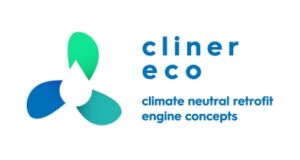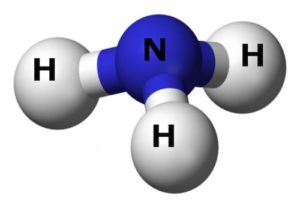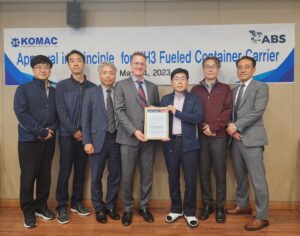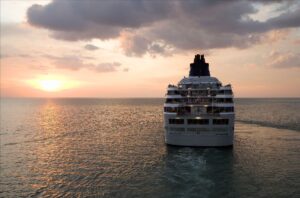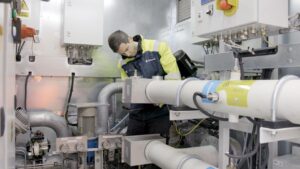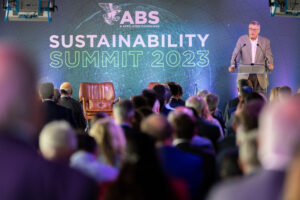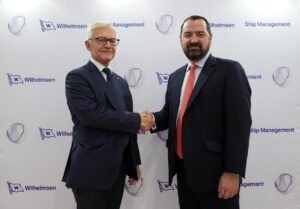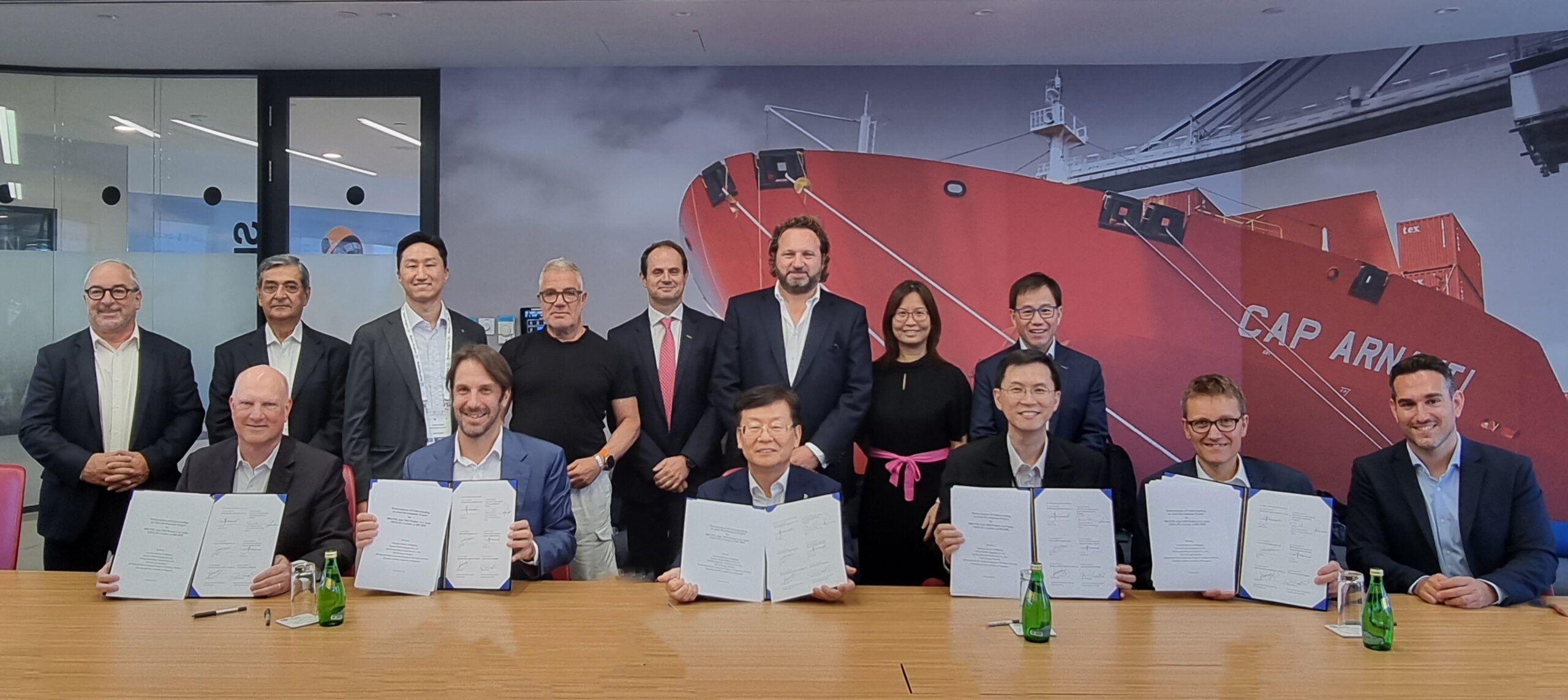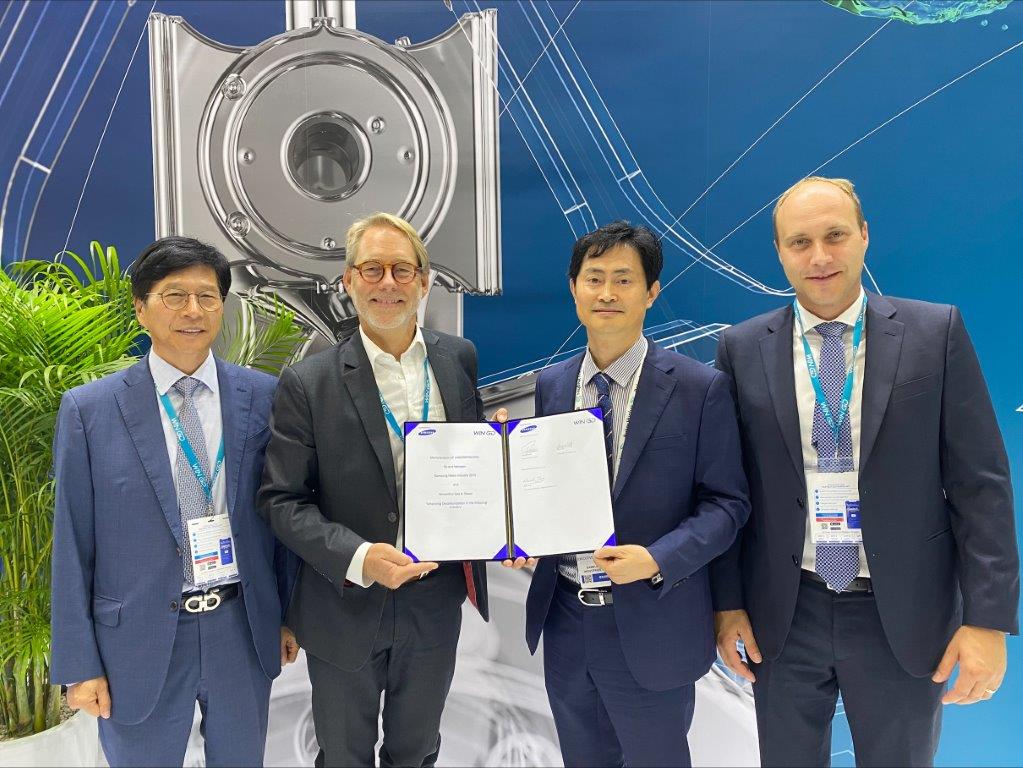The IMO is ploughing its own road in finding a fuel life cycle definition, a fuel provenance label of sorts. It's not there yet.
Tucked into the debate about which fuel will be used by shipping in the future are the distinct discussions about a fuel’s life cycle and the well to wake emissions picture of the fuel. The IMO already has a draft set of guidelines: “Life cycle and carbon intensity guidelines for marine fuels”. These are not yet complete and while they are reasonably detailed, seem to have raised as many questions as they have answered in their development.
These draft guidelines address the issue of the two distinct aspects of the well-to-wake assessment, namely the upstream (everything up to the bunkering of the fuel (or charging of the marine battery) and the downstream (all that happens onboard the vessel leading to any emissions) and a trying to create an acceptable way to compare fuels and energy sources (the guidelines could include electricity supply).
But while an LCA and a well-to-wake analysis are similar, they are not the same and in ways that can be baffling.
The crux of the debate is this. When a ship burns fuel, both now and in the future (some of the fuels under development such as e-methane, methanol, e-methanol and biofuels are still to fully emerge) there will be CO2 and possibly other greenhouse gases, coming out of the funnel, coming out of the production of the fuel, or even used in the creation of the fuel.
The key question with a well-to-wake analysis is where that CO2 has come from. For LNG, current distillates and (in the case of some vessels already today) methanol, the CO2 will have come from natural gas or crude oil reserves. This means they have a net GHG addition to the atmosphere.
However, if the CO2 comes from captured CO2, such as in the production of e-methanol, e-methane, then there is a net zero addition to the atmosphere. What goes into the fuel, comes out.
For biofuels the question relates to the source of the biofuel and the captured CO2 in that bio-source, how long it has been growing if a crop or forestry-based fuel source.

Ann O’Connor works on LCA’s at the Maersk McKinney Moller Centre for Zero Carbon Shipping in central Copenhagen. Appearing on the latest Aronnax podcast episode mi series looking at life cycle thinking, she explained the difference between an LCA and the well-to-wake approach in calculating emissions factors for fuels.
LCA approaches are based on exact ISO standards, she said, and allow apples to be compared to apples. It brings in various external factors that looking at the well-to-wake emissions picture of a fuel may not.
“An LCA analysis is extremely comprehensive. It looks at a wide range of environmental impacts, it looks at the energy required by the system to produce the fuel, to transport the fuel, to use the fuel onboard the vessel. And so it looks at the energy required by that system and plus the material use,” she explained.
“It looks at the climate impacts of those main inputs, and then it expresses the output as a whole range of different environmental impacts. So it’s very comprehensive, it’s very detailed. And it is based on an ISO standard”.
A well-to-wake approach to assessing the emissions picture of a fuel is something adapted by the industry form other transport modes and lacks the same ISO robustness. O’Connor explains that it only looks at the energy required to produce and distribute and use for fuel and then the associated climate intensity of that energy use.
“So to give you an example, if you are producing a fuel using green energy, then of course the climate intensity of that energy use will be relatively low in comparison to using grid electricity for example, in a country that doesn’t have a very decarbonized grid. It primarily focuses on the climate impacts,”
But she added that in the well-to-wake approach land use impacts are beginning to be used in the modelling.
“LCA: very comprehensive looks at a wide range of different environmental impacts. Well-to -wake, maybe less comprehensive, more suited to a global context, looks at energy required to produce the fuel, transport it, use it, and then the associated climate impact of that energy use across the system.”
An additional complication in understanding the environmental impact of fuels is the growing abundance of papers, academic and others that purport to show the environmental performance of fuels, often specific fuels.
Clear and unbiased
 Megan Roux is a PhD researcher at the Danish Technology University of Denmark. She has undertaken life cycle modelling of maritime green fuels as her PhD. Also appearing on the Life cycle thinking podcast she explained to the hosts, Fathom World’s Craig Eason and Rasmus Elsborg-Jensen at ReFlow, her discoveries in looking at the scientific papers and industry reports that have already been published in a bid to either raise awareness and knowledge, or sway opinion.
Megan Roux is a PhD researcher at the Danish Technology University of Denmark. She has undertaken life cycle modelling of maritime green fuels as her PhD. Also appearing on the Life cycle thinking podcast she explained to the hosts, Fathom World’s Craig Eason and Rasmus Elsborg-Jensen at ReFlow, her discoveries in looking at the scientific papers and industry reports that have already been published in a bid to either raise awareness and knowledge, or sway opinion.
”I’ve currently focused my research on more academic and peer reviewed journals, hoping that they might contain a bit more information than some of the reports we see from industry, which I think can tend to be a bit focused on or kind of directing to a certain results.”
If one looks at the associations and bodies promoting ammonia, methanol, LNG and even exhaust cleaning systems (whether SOx cleaning or CO2 removal) and nuclear power, there has been a distinct direction in their technical reports, which may make it difficult for those that will need to make a decision in the near future.
From her work Roux already has some advice for shipowners and shipbuilders who want to begin taking stock of the LCA of their fuel options in the near future.
“You need to know what basis you’re assessing your fuel on. And it’s also very important to establish what the aim of the lifecycle assessment study is and what the scope is. So where are you beginning your assessment and where are you ending your assessment?
“It’s also very important to note what you include. Are you including the impacts of say infrastructure? Are you including the impacts of your energy use? Where does your energy come from for the production of the fuel? And for example, are you looking at externalities, that other impacts, like the effect of changing the land if you’re producing biofuels, and this can be indirect and direct?”
And of course, a full LCA would not only look at the global warming impact of the fuel choice, but other environmental factors as well.”
Double counting
These deliberations will increase in importance as the IMO, its member states, the lobby groups all discuss the long-term approach to reducing shipping’s GHG emissions. On the one hand is the debate over CO2 and other GHG emissions such as N2O and NH3. The IMO LCA work is less about using ISO standards but about finding a compromise position to ensure the fuel emission factors are comparable in a like-for-like context and that the upstream emissions picture is not accounted for in any national accounting due to land use, industrial plant emissions, and then in the maritime accounting too.
The draft IMO LCA guidelines as they currently stand (They are in a correspondence group before being looked at in an intercessional meeting, ahead of an MEPC meeting for work and then a subsequent MPS for approval) call for the creation of an LCA statement on any fuel delivered to a ship, based in this upstream picture. A Fuel Lifecycle Label.
This label for the fuel could be part of a revised bunker delivery note and suggestions are that it has four parts: the carbon content of the fuel, the source of the fuel (feedstock, BioSource etc), the production pathway and the actual fuel type, which will have a carbon correction factor for operators to then measure their vessel’s emissions as part of any future reporting or trading/abatement requirements.
Then there is the level of reduction expected, both on a global fleet perspective and how this is translated into a ship specific reduction or shipowner/operator reduction expectation.
How one counts and allocates responsibility for the emissions will determine the cost of the emissions. The discussion of how to assess the emissions from a fuel or energy source are getting enwrapped in these long-term strategy debates, and the creation of a market-based measure.
In the meantime, external stakeholders such as manufacturers, shippers, insurers are all getting interested in Life Cycle Assessments, making it important that IMO member state representatives attending these LCA discussions find agreement soon.
As part of the work at the IMO, the Global Industry Alliance to Support Low Carbon Shipping (Low Carbon GIA, which now works under the Green Voyage 2050) paid Ricardo to write a study which includes a study and analysis on existing life cycle GHG emission assessment and calculation methods that are in use today, and of relevance to marine fuels.
This 2021 study raises points regarding LCA emissions picture for biofuels in particular given land use change.
It also points to materials demand: this is of relevance to the metals and resources needed in the construction of batteries, fuel cells and electrolysers, as well as green electricity production.
























